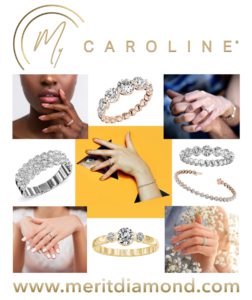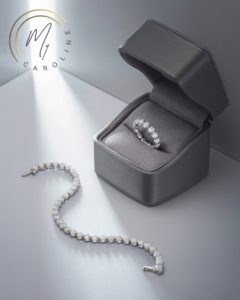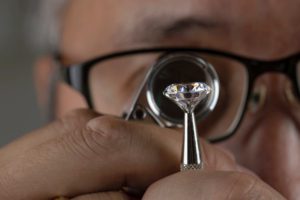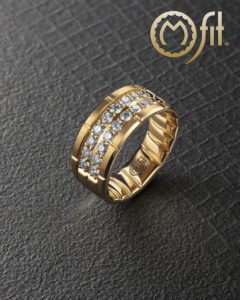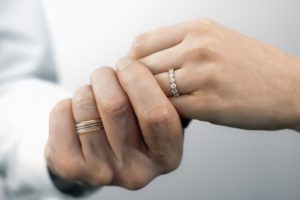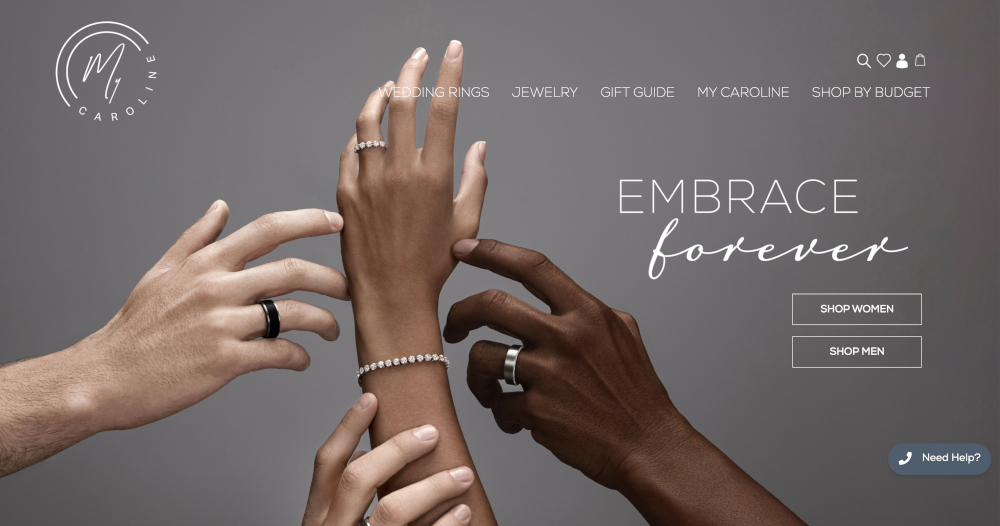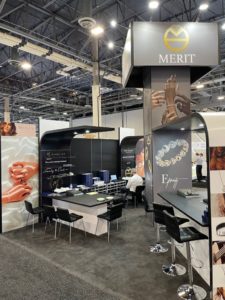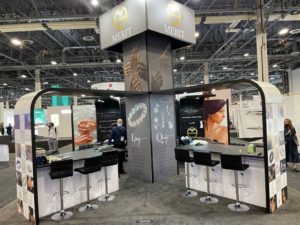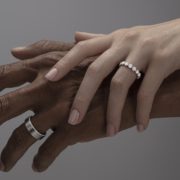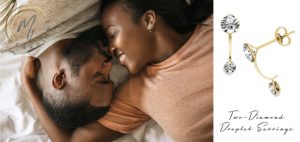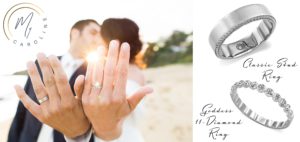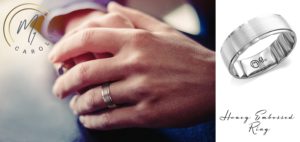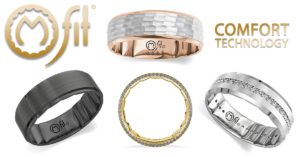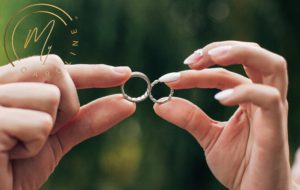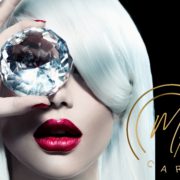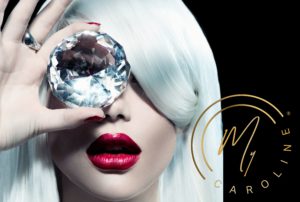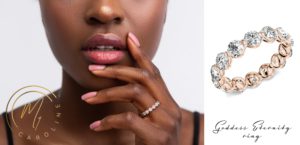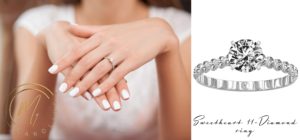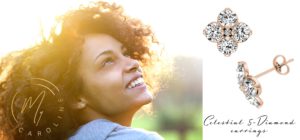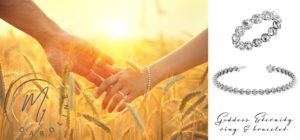Is “The Show” Over? Is Retail Dead?
“It’s the end of the world as we know it”, a line that anyone born before 1990 probably knows all too well. This was a time when retail space was king, catalog shopping was the closest equivalent to today’s online shopping, and industry conferences were critical to meeting new customers and expanding brand exposure.
Now more than ever, consumers have prioritized convenience. Our ability to live, work, play and shop without leaving home has never been so easy. We can’t keep turning a blind eye to the times as they are definitely ‘a changing.’
Remember when most of us raised an eyebrow at the launch of Bluenile.com? Who in their right mind would buy such a luxury item, one that a professional jeweler needs to examine without seeing and touching it first? How would the average consumer, who knows very little about gems, know how to go about buying a stone without help from a knowledgeable salesperson?
As online jewelry sales continue to rise and Amazon continues taking over the world, the future of traditional retail has been called into question. The Covid-19 pandemic has accelerated this line of questioning, as continuous lockdowns and genuine health risks have increased the average consumer’s reluctance to visit brick-and-mortar retail.
The truth of the matter is that while online shopping has undoubtedly changed the retail landscape, it has not and will never completely replace the traditional retail experience. One thing that companies like Apple have taught us over the years, is that in order to survive and be more than “just another store”, brands need to sell a lifestyle and create a retail experience. Product quality is important, but at the end of the day, no matter how high tech or luxurious the design, a positive retail experience that is long-lasting with the customer is achieved via service and trained sales professionals – aka people, the right people; and the personal experience is something that is much harder to replace via digital.
The longevity of the traditional retail experience is a factor of human psychology, and the proof is in the pudding. When Covid restrictions began easing up, even with customers facing financial uncertainty, they flooded malls and stores seeking luxury products – not everyday necessities. Even Amazon is opening brick-and-mortar stores! The high you get from the online retail experience does not compare to the physical one. Getting to touch and feel and try on; speaking to a knowledgeable person who understands what you are looking for and knows their business, these things are priceless, especially when making an expensive purchase.
For years companies have held flagship stores in prime locations for brand and marketing purposes, many of which lose money, but in today’s digital world you need to have a digital footprint in order to truly exist as a brand. Online presence is the prime location, a website and social media account is marketing 101. Your brand experience and language begins online, but it doesn’t have to end there – and it shouldn’t.
When Merit Diamond, a company that has been a leader in the jewelry industry for over four decades, decided to launch their latest brand, My Caroline, they wanted to create a full-dimensional brand,
“We wanted the brand to really represent what we have been known for, innovative and beautiful jewelry that can be worn on the red carpet but that can also be worn comfortably in real life. ‘From your grandest day to your every day’. And we wanted our entire brand to represent that, online and in retailers. We made sure to launch the brand online, but for us, the true experience can only be achieved in-store and in-person, when you not only see the pieces but try them on and see how comfortable they feel, especially in comparison to others. “ Says Scott Rosen of Merit Diamond Corporation.
My Caroline in-store jewelry display for women’s rings and fashion jewelry
When it comes to big and important purchases, people will almost always prefer to have a chance to ask questions, touch, feel, see and understand what it is that they are purchasing – in person. Until virtual reality becomes so advanced that you can actually visit a virtual store without leaving your home, there will still be a need for ‘live’ retail.
On a similar note, has anyone attended a jewelry convention in the last few years? Have you noticed the decrease in attendance? And this was trending before COVID. Conventions remain a great way for vendors to meet retailers, but they need to be reinvented. After decades of industry growth and development, tradeshows remain unchanged. So what’s the best way for vendors and customers to meet in today’s modern climate? This is the question…
“I have to admit that attending conventions as a vendor has become consistently less appealing over the years, as fewer clients come to the event and our ability to be creative has become more limited in the convention space. We want to feel like we can do something special for our existing clients as well as our potential clients, but at conventions, it feels as though our hands are tied. Simultaneously, cold calls and ‘drop-ins’ are frowned upon by clients, so it leaves us in a similar predicament as the retailers themselves – how do we pique interest, make meetings, and create new relationships, without breaking ‘rules’ or annoying potential customers?” Says Josef Fraiman of Merit Diamond Corporation.
Like in every business, things need to pivot and reinvent themselves with the times in order to be relevant – but that doesn’t mean it’s a death sentence, just a chance to get to work and be creative – adjust the formula. Once upon a time it may have been enough just to have a store with the right product and location, or a booth at a convention; but now, as the average consumer’s attention span continues to diminish and they become harder to impress, getting a customer’s attention takes a lot more effort. Consumer interaction needs to be thoughtful and worthwhile.
At the end of the day, with all the changes and advances in this industry, and stimuli facing consumers, people are people; and sometimes to move forward, the key is to get back to the basics.
What do I want to feel when walking into a store and when arriving to a convention?
Seen
Taken care of
Important
Maybe if we master these basic consumer needs, the rest will fall into place…


